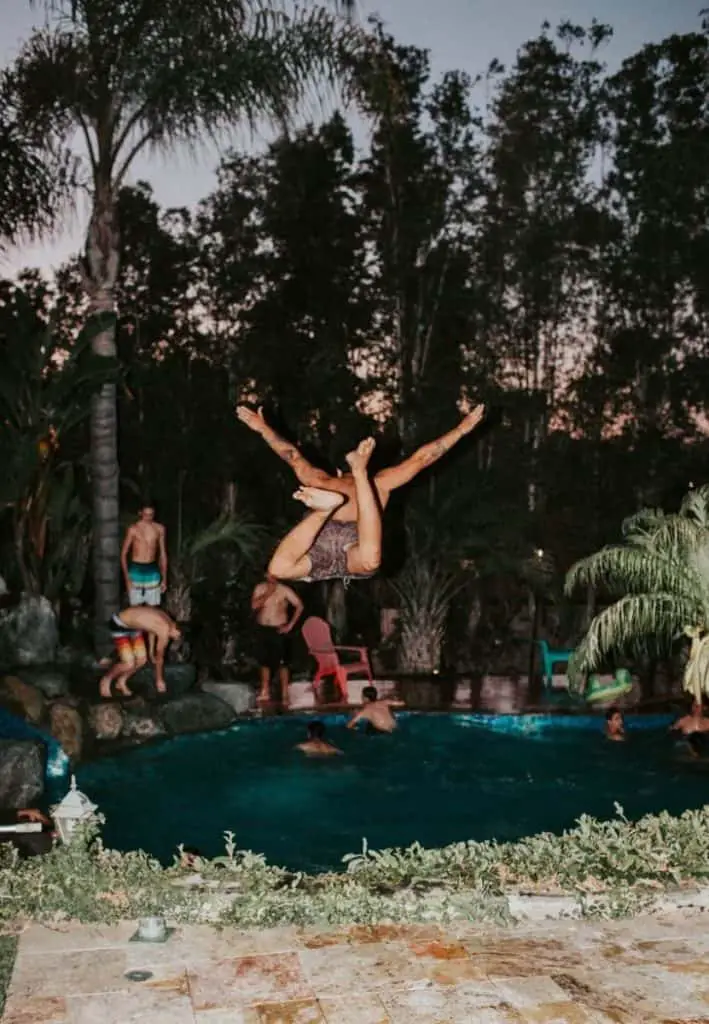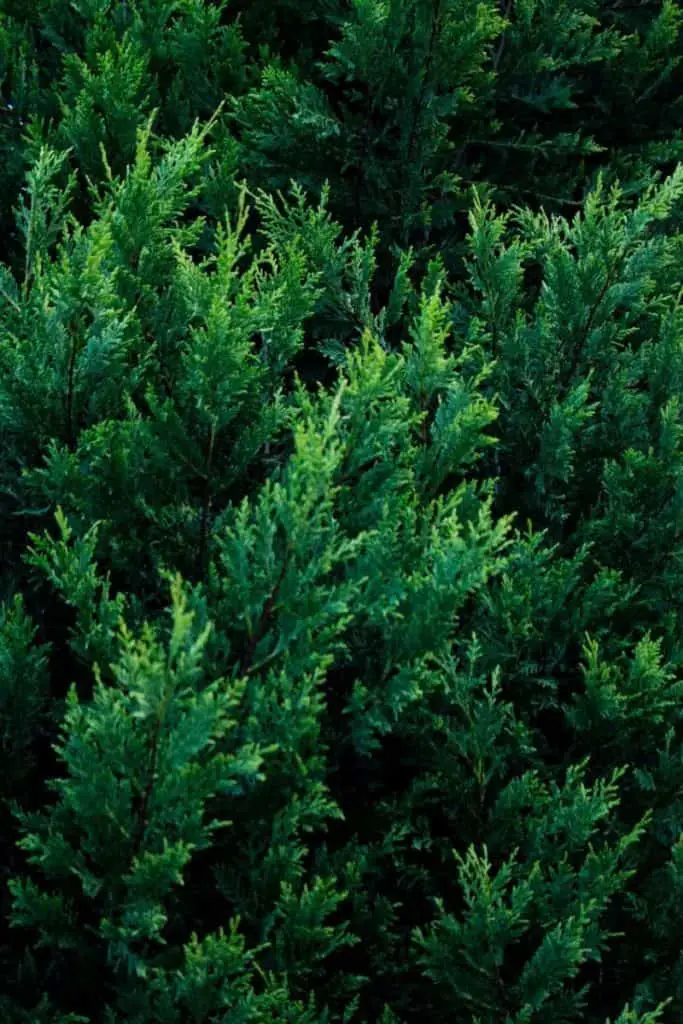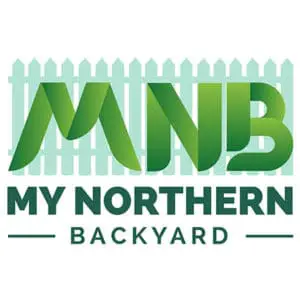
Let’s just start by stating the obvious. Keeping down noise from a backyard party is hard – and if you’re in an urban area with fairly small backyards, it’s going to be really hard! Hopefully you’ve got understanding neighbors who accept that there will be noise when you have a gathering – but let’s take a look at some options for trying to reduce the noise in your backyard during your next gathering.
Reducing noise in a backyard party is mostly accomplished by blocking or absorbing the noise that comes from the backyard or reducing the volume of noise, rather than trying to mask it at the source.
Sometimes I’m the noisy neighbor, and sometimes it’s the houses around mine – especially with the pools! When you have neighbors that like to have people over – and love to make a little noise you start looking into how to reduce that sound. I think most of the discussion below is better in the yard that’s making the noise, but it should also be effective if you’re trying to reduce noise coming from a certain direction. Here’s what I found when looking at some of the things you can do to reduce the noise at your next backyard party.
Find Out if you Actually Need to Reduce the Noise

Now you (like me) may be a conscientious neighbor who is concerned that your backyard gathering might be causing a disturbance, or you may be new to a neighborhood and unsure about the norms around your new abode. Unless you’ve actually been told by one of your neighbors that there is too much noise coming from your backyard, you may not need to do anything.
Everyone has a gathering from time to time, and everyone makes some noise – the problem most likely arises if you’re the yard that consistently has guests late into the night that impact the sleep or enjoyment of the people around you.
So step 1 – find out if you need to worry about the noise in your backyard. If you don’t know the people around you now’s a great time to knock on the door and introduce yourself. Letting others know that you care about the impact you’re having on them is a great start to a relationship – and if you’re going to be living there long term you’re much better off knowing who your neighbors are.
Explaining the Sound
You’ll have to indulge me here, since it’s important to know where I’m coming from for my thought below. There is a great basic explanation of sound here that’s worth a quick read-over if you’ve got the time. Basically, I like to visualize the sound coming from my yard as a stone thrown into a pond. If it’s just one person walking around working in the yard, it’s a small pebble. If it’s 3 kids playing on a trampoline, it could be three large rocks. That would churn up the water really well and send ripples in all directions.
Now, if it’s a backyard party, it’s probably hundreds of little rocks being thrown into the pond on a continuous basis causing a large amount of churn in the pond and sending wave out to all sides. In order to reduce the noise we have to reduce the impact of the waves on the farther shores. Smaller rocks makes smaller waves, and bigger rocks make bigger waves.
Sound, like water, bounces and reflects off hard surfaces, and is dampened by soft surfaces – which is the reason you see all the foam padding in the YouTube studios and recording booth. While it’s hard to get soft surfaces up and around your yard, it’s not impossible. Let’s look at some temporary measures for reducing the impact of the noise.
Temporary Methods for Reducing Noise
So let’s assume that you’re that person, or that you have crotchety neighbors, and you need to do something to reduce the volume of your backyard activities – whether they be your standard day to day backyard plans (hello screaming kids) or having people over to enjoy your yard. Having a pool (and making use of it) almost guarantees a volume level will rise as people talk over the loud splashing and playing in the water.
Here are some options that you can take as temporary measures to reduce the sound coming from your yard:
Turn Down the Music
Let’s start with the easy one first. If you want to reduce the size, velocity, and impact of the waves coming from your rocks (or Rock!) you can first start by reducing the size of one of the constant sources of noise – the music.
While this one is easy it does have its drawbacks – parties with less music may be less fun – but we’ve got to start somewhere
Limit the Total Participants

If you’re reading this in 2020 or 2021, this one is a no-doubter, as large gatherings are a danger to you and everyone you invite, but from a sound perspective – the more people, the more rocks, the more waves. If you need to reduce the noise in your backyard, reduce the number of people.
Hang Up or Build Soft Surfaces or Structures
Since soft surfaces absorb sound, one of the major goals in reducing the sound is to get some nice soft surfaces (the thicker the better, from a sound perspective) up between the source of the sound and your neighbor’s yards.
This could mean renting or putting up a party tent with sides to host the music and eating, putting down the cloth sides of your cabana to catch some of the noise from the bluetooth speaker, putting some baffles or blankets up under the roof of your structure, or even hanging some screens, blankets or curtains around the yard to try and catch some of the sound. Moving blankets like this one (at Amazon) are good thick options for sound absorption.
None of these approaches will reduce the sound to nothing, but may help limit the impact on your neighbors.
Bring in Some Plants
Did you know you can rent plants? If you’ve got a party planned that will generate significant noise, consider renting some plants to do a little decorating – and cut down a little on the noise.
More Permanent Solutions for Backyard Noise
If you’re looking to become a more permanent host to backyard gatherings you can invest in more permanent measures to try and reduce the noise coming from your backyard. This will mean investing in some of the pieces of your backyard but they can also double as functional or decorative pieces that bring your yard to the next level.
Again, the goal here would be to generate some additional soft surfaces as much as possible, or to invest in products that will absorb sound that can be installed in your yard.
More Plants! More!!!!

The reading I’ve done is a little back and forth on plants, trees and cedars helping with noise reduction. On one hand, they are relatively soft surfaces, and should absorb more than bounce sound from the greenery. On the other hand, sound has a pesky way of travelling through openings, and trees and other greenery isn’t exactly a solid wall. In order to get the benefit of the additional plants, you need to use them in conjunction with other tools.
Based on what I’ve read, I would recommend increasing the amount of greenery in your yard. Plant a hedge of cedars and let them grow to a good height – you’ll need up to 15 feet to really impact the sound coming from your property. Add some nice trees and additional greenery – make your yard into an oasis. That way it’s win-win!
Acoustic or Sound-Proof Fences
A good fence is the next investment. If you take a quick trip to Google, you’ll likely be able to find fence builders in your area who will promote sound-absorbing fences, and fence products. Some of these will be fabrics that are placed inside a wooden fence, and some are specially-made acoustic fences – materials that have been engineered to absorb sound.
In general, the thicker and more solid a fence is, the better it will be at absorbing or reflecting sound. If you’re installing a purely wood fence, make sure it’s a solid privacy fence rather than a “good neighbor” fence where there are alternating holes – that will minimize the sound impact through the openings. If you like the look, have a noise barrier installed between the panels to absorb sound.
Masonry or stone fences seem to be the pinnacle for blocking sound, although they are expensive, and may not be the look you’re going for.
To be really effective, a fence must be 12-15 feet high to really block noise. In my area, that’s not an option. If you’re interested in a fence that height, please check with your local regulators.
More Permanent Structures
You can also consider building a permanent structure to block some of the noise coming from your yard. A cabana with some soft sides (read: curtains) and some padding in the roof will absorb some of the sound from your music and discussions.
In my area I know that fences can’t be built to a height that would do a significant amount of sound blocking – but a tall privacy barrier built a couple of feet inside your fence is perfectly allowable. If you have one neighbor in particular who has a problem with the noise, consider building a privacy barrier in that direction. You might get more complaints about the height of the barrier – but some people you can never please!
What Not to do to Reduce Noise
One recommendation that you’ll often see when trying to reduce road noise is to add in a white noise of some kind into your yard. A beautiful water feature, as an example.
Do NOT do this if you’re trying to reduce noise coming from your yard.
Adding additional noise to your yard will only help you increase the volume of everything else in the yard. The music will be turned up to overcome the white noise, the volume of speech will increase to overcome the louder music, and in general the decibels coming from your yard will go up.
Additional white noise in their yards is an effective way for your neighbors to be less impacted by your noise, but not the other way around. If you’re going to buy water features – you’ll have to buy them for the properties around you!
All Together Now
The best strategy for reducing noise coming from your yard is to employ multiple approaches to reduce noise. Build a better fence, get a cabana, hang up blankets, and plant or rent some greenery. Having multiple factors working together will give you the best impact possible in reducing sound from your yard.
Enjoy your party!

